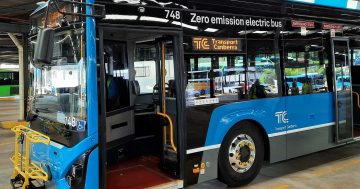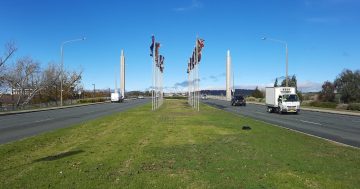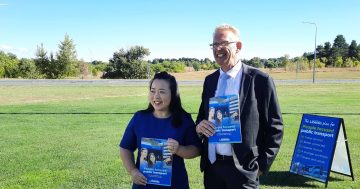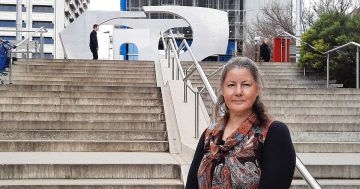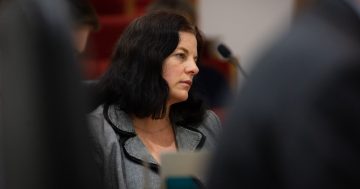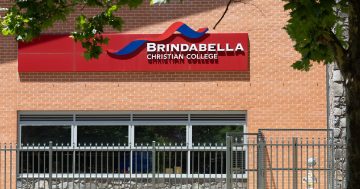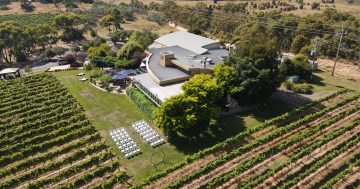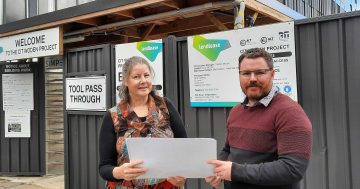The Canberra Times reports that Simon Corbell’s efforts to force us onto crappy busses have been shelved!
“Mr Hargreaves said he would use his new-found power to restructure the troubled bus network, instead of backing initiatives that were too expensive for a city which was “designed for the car”…
Mr Hargreaves said last week the busway would not be built “in the foreseeable future”. He said he had not asked for funding for it in this budget round and would not have supported the bid. He had concerns about spending $115million “to save 10 minutes on the journey”. Mr Hargreaves said people in cars might not look kindly on a new road just for buses, and the money would be better spent on the Majura Parkway.”
We’re seeing a lot more sensible policy since Simon got sidelined. Anyone want to bet the Liberals will even hold the seats they’ve got at this rate?
UPDATED: Busnews is very upset.












